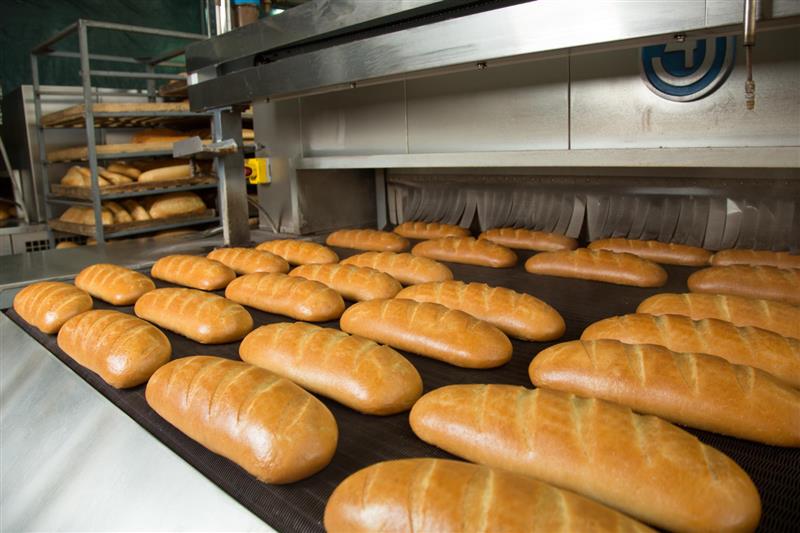Cheese consumption during Chinese New Year is quickly becoming a trendy addition as more people embrace global flavours alongside traditional Chinese dishes. While cheese isn’t a typical feature of the festivities, its versatility has made it a delightful new element in holiday meals. Thanks to the rise of fusion cuisine, innovative dishes featuring cheese are now making their way into festive spreads, bringing a fresh and exciting twist to this cherished celebration.
From cheese-stuffed dumplings to cheesy pastries and hotpots with melted cheese, these inventive dishes blend the rich, savoury goodness of cheese with traditional Chinese flavours, offering a unique twist that appeals to both the younger generation and those eager to explore fresh culinary experiences during the holiday.
In addition to fusion dishes, cheese has found its way into gift baskets and is enjoyed as a snack during family and friend gatherings. The festive spirit of Chinese New Year, known for its abundance of food and sharing, creates the perfect opportunity to explore new flavours. Cheese, with its rich, creamy texture and diverse range of flavours, pairs effortlessly with traditional treats like sweets, nuts, and fruits. Whether featured in savoury or sweet recipes, cheese offers a unique contrast to the lighter, traditional Chinese dishes. As it continues to gain popularity during the holiday, cheese reflects a growing openness to global culinary influences, while still respecting time-honoured food traditions.
Market Overview
Revenue in the global cheese market amounts to US$ 240.010 billion in 2024 and expected to reach US$ 331.78 billion in 2029, with a growth rate of 6.72% (CAGR 2024-2029)5.

Source: Statista, 20245
Challenges in Cheese Production:
Shelf Life: Ensuring a longer shelf life while maintaining quality
The shelf life of cheese presents significant challenges in storage and distribution, primarily due to its susceptibility to spoilage from microbial activity, oxidation, and moisture loss. Maintaining a consistent cold chain is critical, as temperature fluctuations can compromise quality, particularly for high-moisture cheeses like ricotta or mozzarella, which spoil faster than hard cheeses like Parmesan. Improper humidity can cause drying or excessive mold growth, while damaged packaging increases contamination risks¹.
Improper curd formation in cheese
Improper curd formation occurs when milk fails to coagulate correctly, resulting in weak, crumbly, or overly soft curds. This issue often arises from low milk quality, such as insufficient protein or calcium levels, which can result from over-pasteurization or homogenization. Temperature inconsistencies during the coagulation process and calcium deficiencies in milk can weaken curds, though these can be mitigated by adding calcium chloride. Additionally, contamination by undesirable microbes can interfere with the process, highlighting the importance of proper hygiene and ingredient handling³.
Innovation challenges in cheese production
Creating new cheese varieties to meet evolving consumer demands, such as low-fat, high-protein, or plant-based options, presents challenges in maintaining the traditional taste, texture, and quality of cheese. Developing these innovative cheeses often requires overcoming technical barriers, such as replicating the meltability and flavours of dairy cheese in plant-based alternatives. Additionally, fortifying cheese with nutrients like probiotics or vitamins while preserving its original taste and texture is complex. This process involves balancing ingredient choices, production methods, and consumer preferences to create a product that meets both nutritional needs and flavour expectations⁴.

What could be the solutions?
Azingro is a company that offers technological solutions for the food and health industry, including food preservatives. Calcium propionate is a food additive that is used as a preservative in many foods, including cheese, to prevent the growth of microorganisms that can spoil the food which therefore can extend the shelf-life. Prolonging the shelf-life of cheese is a key focus for producers to reduce waste, maintain quality, and meet market demands.
Hexagon Nutrition is a nutraceutical company that offers a range of nutritional products such as calcium chloride. By adding calcium chloride to cheese-making, it improves curd quality and consistency, especially when using pasteurized or homogenized milk. It restores the calcium balance, enhancing rennet activity for better coagulation and firmer curd formation. This results in a more uniform texture, higher cheese yield by reducing whey protein loss, and smoother handling of curds during processing. Additionally, it promotes even flavours development by ensuring consistent curd structure, making it an essential ingredient for reliable and efficient cheese production.
Beneo Faba Bean Protein also offers multiple benefits for food cheese production and nutrition. It is a plant-based protein source with a high protein content, making it ideal for vegan and vegetarian products. Its neutral taste and excellent solubility allow it to be easily incorporated into various applications, such as dairy alternatives, bakery products, and sports nutrition. It also enhances the texture and emulsification in recipes, providing a creamy and stable product2.
DPO International, a full-suite market enabler, collaborates with the world’s premier specialised food ingredient producers BENEO, Hexagon & Azingro. Equipped to help you transform these trends into innovative brand concepts, we are with you from ideation to the manufacturing stage, providing solutions and support throughout each phase.








